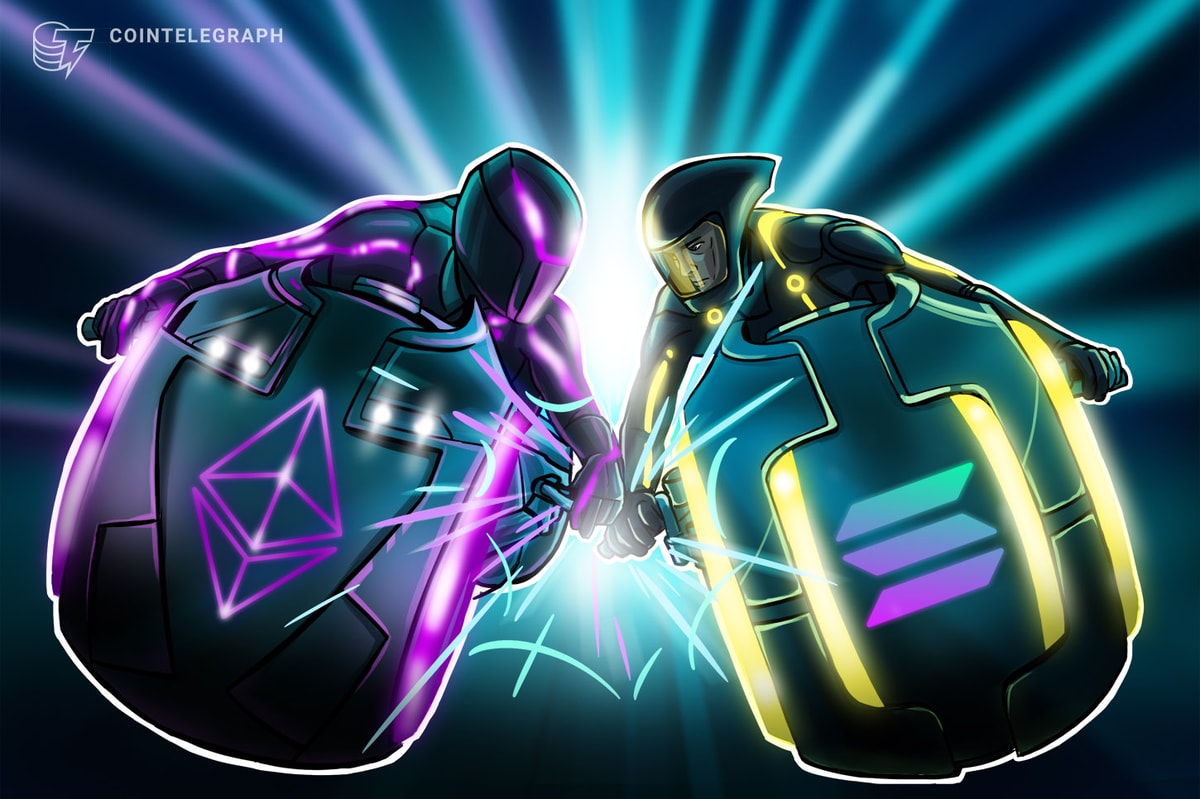A combo of aggressive Sybil filtering and laser-focus on prioritizing developers and “durable” users helped the price of LayerZero’s native token hold steady following its airdrop, claimed LayerZero Labs’ CEO Bryan Pellegrino.
Pellegrino told Cointelegraph at Korea Blockchain Week that LayerZero did a lot of “very unique” things with its airdrop, including a “big Sybil hunt” that blocked bots and excessive farming in a bid to put its native LayerZero (ZRO) tokens in the hands of the network’s most dedicated users.
“Our goal was to reward the real users, the people who are the most dedicated and durable users.”
The price of ZRO stands in stark contrast to the tokens of Ethereum layer-2 network rivals Starknet and ZKsync, which were also brought to market by airdrop in 2024.
Pellegrino said the top priority for any team conducting an airdrop is to “close the gap between expectations and reality,” adding that LayerZero worked hard to balance the scales.
“We did this big Sybil hunt. When we announced the Sybil at the beginning, there was a very visceral negative reaction to it because people didn’t expect this to happen,” he said.
“But as soon as people started to see we were really putting a lot of effort in, and our goal was, for real users to get a higher allocation, people become very positive on the Sybil hunting.”
ZRO outperformed rival major airdrops despite price decline
LayerZero airdropped ZRO tokens to users on June 20, first hitting the market at a price of $4.40, according to CoinGecko data.
Despite receiving backlash over implementing a mandatory donation for users to claim their airdrop — which Pellegrino admitted the team “didn’t give people a heads up on” — the price of ZRO is trading down 23% since its launch.
Pellegrino at Korea Blockchain Week 2024 in Seoul. Source: Cointelegraph
Debuting on the market at an opening price of $5, the Starknet (STRK) token was airdropped to 1.3 million wallet addresses on Feb. 20.
However, Starknet’s token launch was marred by claims that the project had over-prioritized insiders over legitimate network users and failed to introduce protections against a massive number of “airdrop squatters.”
Related: Rumpel Labs to launch platform for tokenizing airdrop points
These airdrop squatters allegedly manipulated metrics on the developer platform GitHub to net themselves disproportionately large sums of STRK tokens.
Pseudonymous Yearn.finance developer Banteg said that out of the 1.3 million wallet addresses eligible for the STRK airdrop, an estimated 701,544 addresses were allegedly linked to renamed GitHub accounts controlled by squatters.
The price of Starknet’s STRK token is down over 91% from its launch amid a sharp decline in the number of active addresses on the network, plummeting from nearly 380,000 active accounts on Feb. 20 to just 8,300 at the time of publication, according to data from Starknet explorer Starkscan.
The number of active accounts on Starknet has plummeted 97% since the airdrop. Source: Starkscan
ZKsync airdropped its ZK token to users on June 17, debuting at a price of $0.31, and has since slumped over 67% to a price of $0.10 at the time of publication, according to CoinGecko data.
Similar to Starknet, critics lashed ZKsync’s airdrop for enforcing “almost no Sybil filtering,” allowing the airdrop to be farmed by predatory airdrop hunters who were never legitimate network users.
“ZKsync airdrop is out. Most farmable and farmed airdrop ever probably,” Mudit Gupta, the information security chief of rival layer-2 network Polygon, wrote in a June 11 X post.
“Almost no Sybil filtering as far as I can see,” Gupta added. “Anyone who knew the criteria could’ve easily farmed the shit out of it.”
Magazine: ‘Everything feels like it’s going to shit’ — Peter McCormack reveals new podcast











